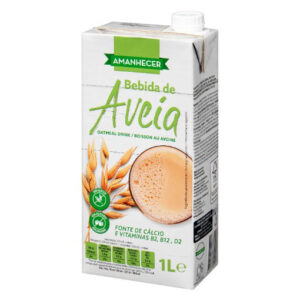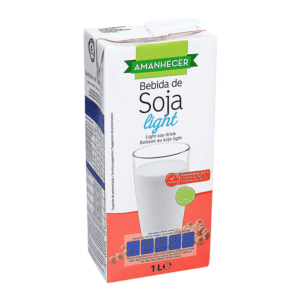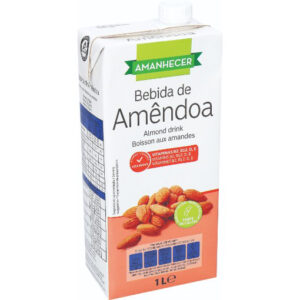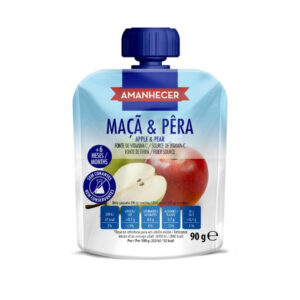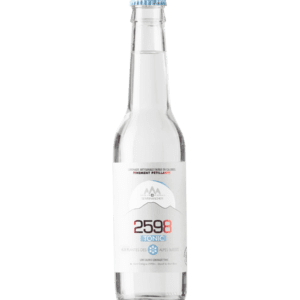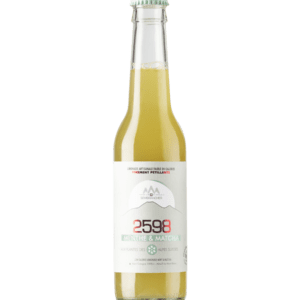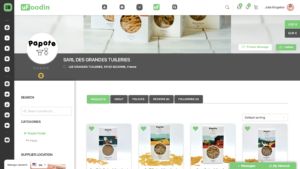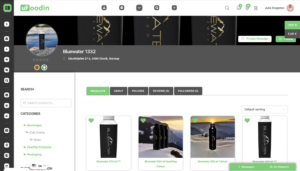BtoC Marketing & Consumer Behavior for the Food Industry
Food marketing is a really powerful but delicate way to contribute to a company’s success. Powerful because it influences what people eat ; delicate because it impacts directly their health. A color, a name, a packaging mean so much for the consumer that companies in the food industry dedicate loads of means for marketing.
But, because the food and beverage industry is linked to nutrition and health, it is constantly evolving and every innovation is scrutinized by experts, organisations and for a few years now, the consumers themselves. Then, with the global players of the food and beverage industry having the majority of the voice share, it can be hard for smaller companies to be heard, seen and trusted by consumers. Here are our experts’ insights about B2C Food Marketing and Consumer Behavior.
1- The era of “consumer-actor”
A “consumer-actor” is a demanding consumer who doesn’t passively accept the services and goods that brands propose anymore. S/he uses the act of consumption as a way to vindicate for her/his needs, feelings, desires and causes.
Especially in the food and beverage industry, communication with consumers is not a top-down communication anymore and the consumers can interact directly with the brands. Even more, the consumers address requests to companies through their interactions on social media but also through their purchasing behavior. They do not hesitate to boycott a brand if they think this one is too expensive or if the formulas don’t fit their expectations in terms of nutrition.
This is why some trends in terms of nutrition and health have emerged those last years such as organic, plant-based or functional foods. You can find our columns about it to deepen the subjects.
2- Addressing your consumers’ claims to build a strong relationship
With the new trends appearing in the Food Industry and the consumers asking for a healthier and more sustainable way of consumption, the brands and companies need to use Innovation and Marketing to address this claim properly.
However, they are also facing paradoxes between a claim for healthy products and transparency on one hand ; and a seek for taste and experience on the other hand. This means that consumers are often attached to a brand because of the taste and the emotions the product brings them.
The challenge for the food brands is not to be irreproachable in the eyes of the consumers (first because they can’t but also because consumers’ behaviors are too moving) but to communicate with truth even if the product is not flawless. To do this, every brand should rely on strong insights : this is the only way to guarantee a matching between offer & demand, and also properly address their consumers’ claims, whether they are functional (nutrition, “free-from”) or emotional (comfort, nostalgic foods). Indeed, consumers don’t want to avoid “bad food” anymore, they want to be able to make the right choices at the right moment to balance between health and pleasure. And this is the brand’s role to give them the key elements to make good decisions.
Credit : The Press Free
3- Focus on greenwashing : how to avoid it and communicate properly ?
Once again, the aim is not to show perfection ; but to prove that you try to increase your products’ quality, that you are committed to CSR etc. In a nutshell, you should not try to hide disadvantages by showcasing false messages to your consumers.
Why ? Because this is greenwashing. To avoid it, our first advice would be to not spend time on hiding things behind false commitments but to use this time and marketing to prove by actions :
You have defined a sustainable development strategy with concrete actions ? Speak about it, make the data visible to your consumers, show KPIs.
You are on your way for a certification or a labellisation ? Speak about the challenges you had to overcome and what concrete changes this has led to.
Your R&D department is committed to finding sustainable alternatives to your products’ ranges ? Ask your consumers what they expect from you and your products.
These questions are top-notch to define a proper food marketing strategy.
4- The impact of digital on Food Marketing
The digital and especially social media have redefined the rules of food marketing. If you want to reach your objectives with these new tools, you should definitely pay attention to these 3 trends :
-
Food communities : For years “food lovers” have gathered on social media to create communities and share their passion about a specific food (pizza, sushis etc.), a food diet (healthy, gluten-free, plant-based etc.) or even a specific product from a brand (for instance Nutella even got its dedicated worldwide day). Food communities are the perfect place for brands to collect insights, detect new trends or even test new products, because these communities are often full of enthusiastic consumers.
-
Influence marketing : Even for the food sector, the influencers are a powerful mean to reach your communication and sales goals. They gather their own community around their content and so, they are seen as opinion leaders and are often more trusted than the brands directly. Through advertising, recommandations or product testing, they will influence your consumer’s behavior and impact the final purchasing decision.
-
UGC : the User Generated Content is often seen as the holy grail for brands on social media. Not only does it help boost visibility, but it is also a free source of content for your communication. More and more brands use UGC as the core element of their strategy, relying on participative marketing. To generate UGC you should ask yourself first “what is the most engaging content to create for my community?” : videos, aesthetic, reviews etc. Why ? Because the more a consumer feels committed to a brand the more invested he is in creating content for you.




